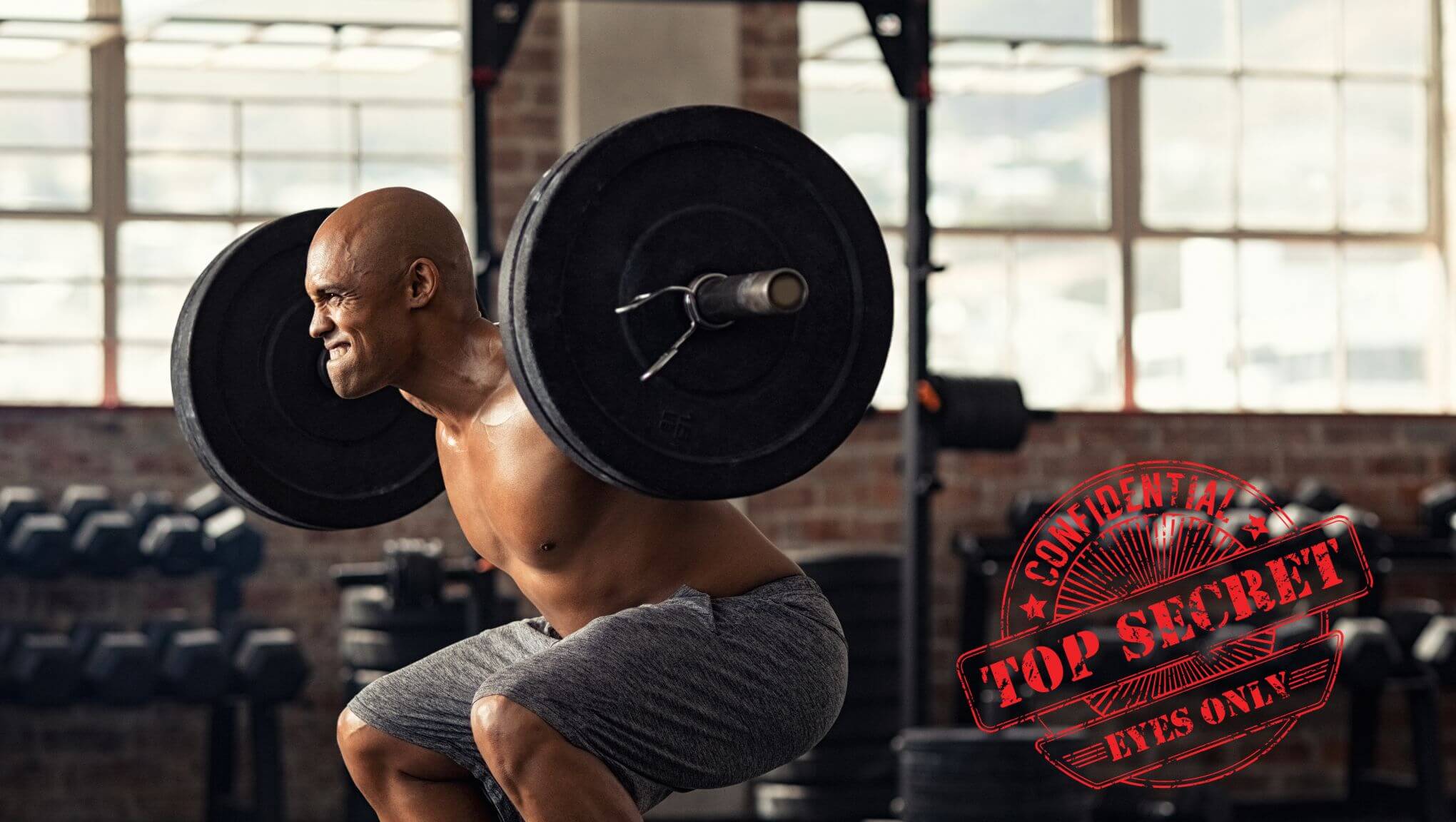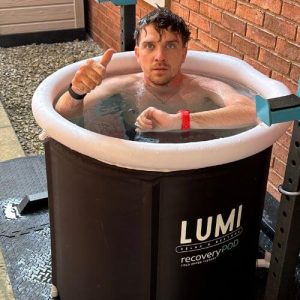

When it comes to building strength and functional muscle, compound exercises for the legs are a game-changer. These multi-joint movements engage multiple muscle groups simultaneously, providing amazing benefits for your leg strength and overall body function.
Compound exercises for legs involve the use of more than one joint, activating major muscle groups such as the quadriceps, hamstrings, glutes, and calves. By incorporating compound exercises into your workout routine, you maximize efficiency and effectively work multiple muscle groups at once.
Not only do compound exercises help you build muscle mass, but they also improve your overall body coordination and stability. These exercises engage your core and require balance, contributing to a more functionally fit body. By strengthening your legs through compound exercises, you enhance your performance in other activities such as running, jumping, and sports.
So, if you’re looking to take your leg strength and overall body function to the next level, it’s time to incorporate compound exercises into your workouts. Discover the best compound exercises for your legs and unleash the true potential of your workouts!
Squats are a versatile compound leg exercise that targets multiple muscle groups.
Benefits of squats include building strength and muscle in the quadriceps, hamstrings, glutes, core, and lower back.
Different squat variations and techniques:
Deadlifts are a compound leg exercise that primarily targets the hamstrings, glutes, lower back, and upper body muscles.
Proper form and technique are crucial to prevent injury and maximize benefits.
Importance of proper form and technique:
Safety precautions while performing deadlifts:
Lunges are an effective compound leg exercise that targets the quadriceps, hamstrings, glutes, and helps improve balance and stability.
Variations of lunges and their benefits:
Step-ups are a compound leg exercise that targets the quadriceps, hamstrings, glutes, calf muscles, and core.
Tips for proper execution and variations of step-ups:
The leg press is a compound leg exercise that primarily targets the quadriceps, hamstrings, and glutes.
It can be an advantageous alternative to squats or lunges, particularly for individuals with limited mobility or injuries.
Tips for correct leg press technique:
Bulgarian split squats are a challenging variation of the traditional squat exercise. This exercise targets multiple muscle groups, including the quadriceps, hamstrings, glutes, and also helps improve stability and balance.
Muscles targeted: Quadriceps, hamstrings, glutes, and stability/balance improvement.
Proper form and variations of Bulgarian split squats:
Box jumps are an explosive exercise that targets the quadriceps, hamstrings, glutes, and also provides cardiovascular benefits. This exercise involves jumping onto a box or platform and then stepping or jumping back down.
Muscles targeted: Quadriceps, hamstrings, glutes, and cardiovascular system.
Safety precautions and recommended box jump height progression:
Calf raises specifically target the calf muscles, lower legs, and contribute to lower body stability. This exercise involves raising your heels off the ground, lifting your bodyweight solely on your toes.
Muscles targeted: Calf muscles, lower legs, and lower body stability.
Techniques and variations of calf raises:
Romanian deadlifts primarily target the hamstrings, glutes, lower back, and posterior chain. This exercise involves a hip hinge motion, focusing on the eccentric contraction of the targeted muscles.
Muscles targeted: Hamstrings, glutes, lower back, and posterior chain.
Difference from regular deadlifts and proper technique:
Hip thrusts primarily target the glute muscles, hamstrings, quadriceps, and lower back. This exercise involves hip extension, which is important for improving overall lower body strength and power.
Muscles targeted: Glute muscles, hamstrings, quadriceps, and lower back.
Tips for performing hip thrusts correctly and safely:
When it comes to building strong and powerful legs, incorporating compound exercises into your workout routine is crucial. These exercises target multiple muscle groups at once, giving you the most bang for your buck. However, before diving into the various compound leg exercises, it’s important to understand the importance of proper warm-up and stretching.
Before starting any workout, it’s essential to warm up your muscles and prepare them for the intense activity ahead. This helps prevent injuries and ensures optimal performance during your compound leg exercises. Begin with a few minutes of light cardio, such as jogging or cycling, to increase your heart rate and warm up your whole body.
Once your muscles are warm, it’s time to focus on specific stretches for your legs. Perform dynamic stretches, such as leg swings and walking lunges, to increase flexibility and range of motion. Static stretches, like seated hamstring stretches and quad stretches, can also help improve muscle flexibility.
Whether you’re a beginner, intermediate, or advanced fitness enthusiast, compound leg exercises can be tailored to your fitness level. Here are some sample routines to get you started:
Beginner Routine:
Intermediate Routine:
Advanced Routine:
As you become more comfortable with compound leg exercises, it’s important to progressively increase the weight and intensity to continue making strength gains. To do this, you can gradually increase the weight lifted by small increments, such as 5-10 pounds, as long as you can maintain proper form. Additionally, you can vary the tempo of your repetitions, incorporating slow and controlled movements to increase intensity.
Another effective way to maximize strength gains is by incorporating progressive overload. This means gradually increasing the volume or intensity of your workouts over time. For example, you can add an extra set or increase the number of reps for each exercise. Remember to listen to your body and rest adequately between workouts to avoid overtraining.
Compound exercises for the legs are an essential part of any well-rounded workout routine. They offer numerous benefits and should be prioritized for overall lower body strength and stability.
Throughout this article, we explored different types of compound leg exercises and even advanced variations for those looking to take their workouts to the next level. The benefits of compound leg exercises include increased muscle activation, improved balance and coordination, and enhanced overall strength.
However, it is important to remember that proper form and technique are crucial when performing these exercises. Consulting with a fitness professional before starting a new exercise routine is highly recommended to ensure that you are utilizing proper form and technique, which will reduce the risk of injury and maximize the effectiveness of the exercises.
So, don’t overlook the power of compound leg exercises in achieving your fitness goals. Incorporate them into your workout routine to experience the full benefits and reap the rewards of strong and stable lower body muscles.